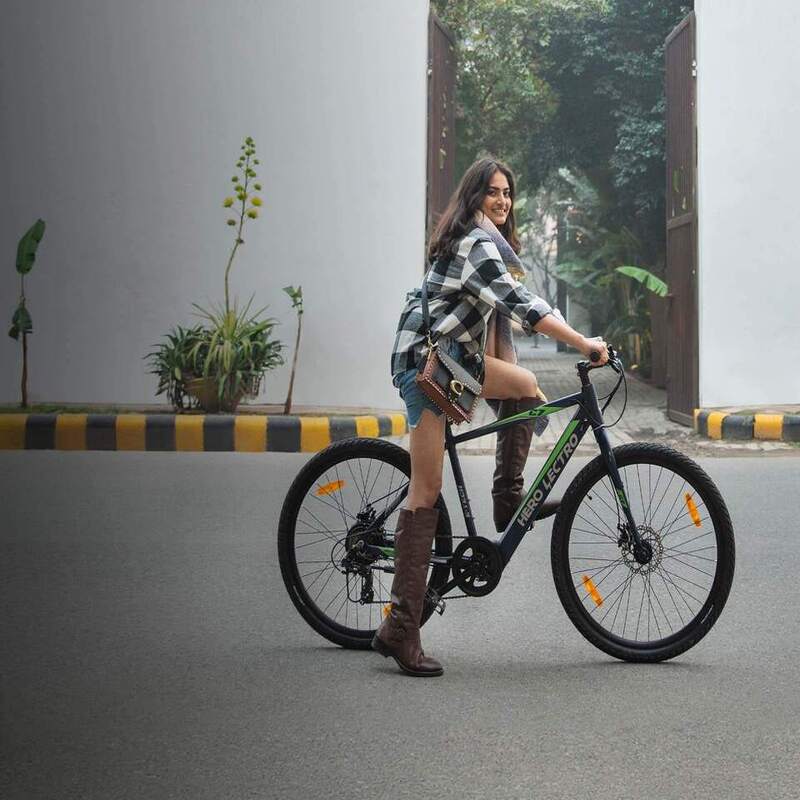Introduction: Understanding the Basics of Biking
Cycling is a beloved activity that appeals to both casual riders and serious enthusiasts alike. However, when it comes down to choosing a bike, individuals often face a crucial decision: should you go for a performance bike or a regular bike? This fundamental distinction shapes your cycling experience, influencing not only how you ride but also the types of rides you can enjoy.
In this article, we will delve into the various characteristics that set these two types of bicycles apart, as well as the unique advantages of performance bikes. By understanding the differences between these types of bicycles, you can make an informed decision that aligns with your cycling goals, whether you’re into competitive racing or leisurely weekend rides.
What is a Performance Bike?
Before diving into the differences between performance bikes and regular bikes, let’s clarify what constitutes a performance bike.
1. Definition and Purpose
A performance bike is designed specifically for speed, efficiency, and competitive riding.
- Optimized Design: These bikes typically feature a lightweight frame, aerodynamic shape, and high-performance tires. Every element aims to reduce drag and maximize speed.
- Target Audience: Performance bikes cater primarily to serious cyclists, athletes, and those participating in races, triathlons, or long-distance touring.
2. Key Features of Performance Bikes
To achieve high performance, these bikes incorporate several specialized components.
- Frame Material: Performance bikes often use advanced materials, such as carbon fiber or aluminum, which contribute to the bike’s lightweight nature and durability.
- Gearing Systems: They come equipped with multi-speed gear systems that allow cyclists to adapt to varying terrains effectively. High-quality derailleurs enable seamless shifting, ensuring optimal power transfer.
- Tire Design: The tires on performance bikes are typically narrower and offer less rolling resistance. This design allows for greater speeds, especially on flat surfaces.
- Brake System: Many performance bikes use disc brakes, which provide superior stopping power and performance in various weather conditions.
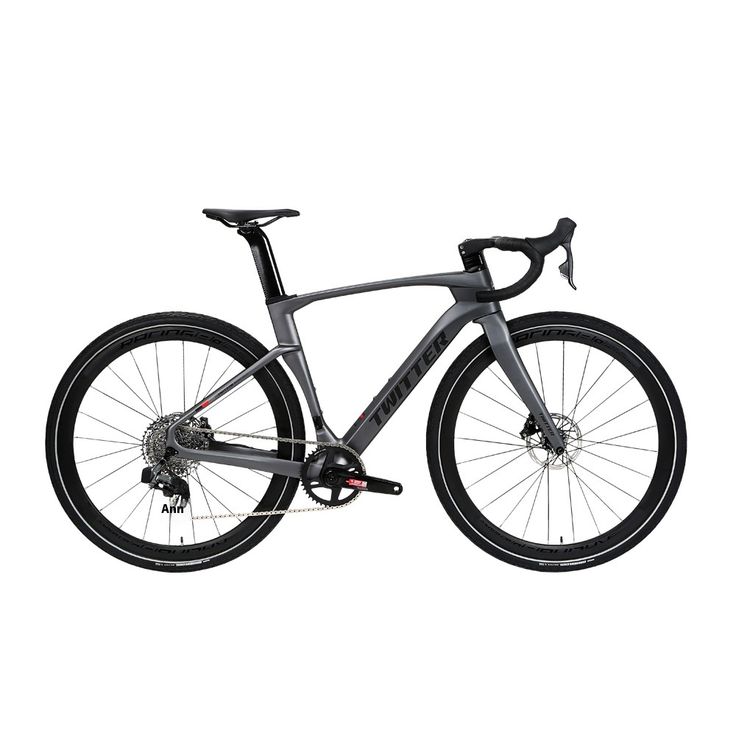
What is a Regular Bike?
On the other hand, regular bikes serve a different purpose and target a broader audience.
1. Definition and Purpose
Regular bikes, including cruisers and hybrid models, prioritize comfort and versatility over speed.
- Everyday Use: These bikes cater to casual riders who mainly use them for commuting, recreation, or leisurely rides without the intention of racing.
- Focus on Comfort: Regular bikes emphasize a comfortable riding position, making them ideal for short distance trips in urban settings or leisurely rides through the countryside.
2. Key Features of Regular Bikes
Regular bikes feature design elements tailored to comfort and practicality.
- Frame Design: They typically have a more relaxed geometry, allowing for an upright riding position, which can be more comfortable for longer rides. This design helps to reduce strain on the back and neck.
- Gearing Systems: Regular bikes often have simpler gearing systems, such as single-speed or few gears, which are adequate for casual riding in urban environments.
- Fenders and Racks: Often, you’ll find fenders and rear racks included on regular bikes, which enhance their practicality for commuting or running errands. These features allow riders to carry essential items without the need for a backpack.
- Wider Tires: The tires on regular bikes tend to be wider, providing better stability and comfort over bumpy or uneven terrains. They also offer increased traction, making them suitable for various road conditions.
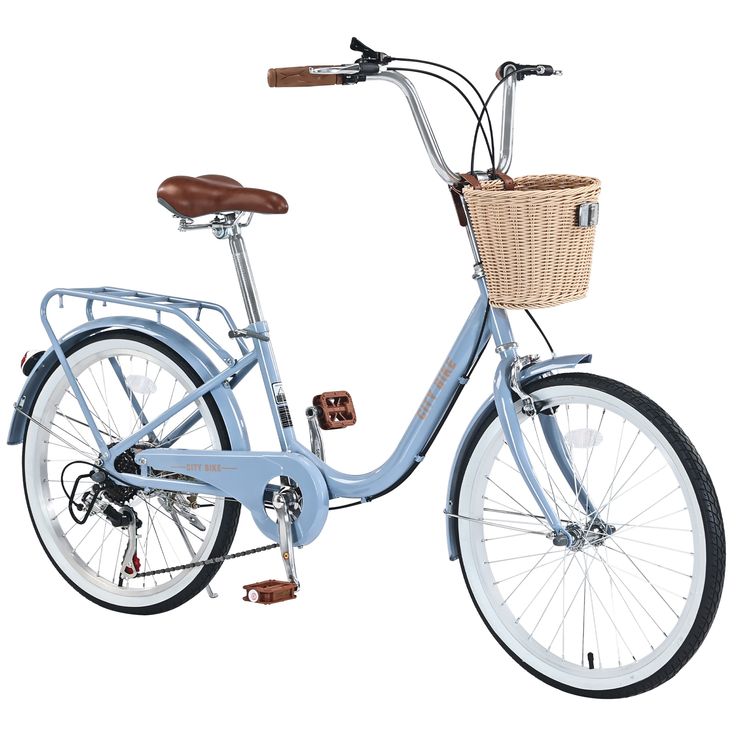
Performance Bike vs. Regular Bike: Key Differences
Now that we’ve defined both bike types, let’s explore the critical differences between a performance bike and a regular bike.
1. Speed and Efficiency
In terms of speed, performance bikes excel compared to their regular counterparts.
- Aerodynamics: The aerodynamic design of performance bikes helps riders achieve higher speeds with less effort. The lightweight materials contribute to this efficiency, enabling quicker acceleration, especially uphill.
- Riding Technique: Cyclists on performance bikes often adopt a more aggressive riding technique, leaning forward to further reduce drag. Conversely, regular bikes encourage a more relaxed style of riding, which is suitable for casual riders.
2. Weight Comparison
Weight plays a pivotal role in separating performance bikes from regular bikes.
- Lightweight Construction: Performance bikes usually weigh significantly less, often around 15 to 20 pounds. This lighter weight aids in climbing hills and maintaining speed.
- Regular Bike Weight: Regular bikes, designed for sturdiness and versatility, usually weigh more because of their heavier frames and added components like fenders and racks. The increased weight can impact speed but also adds to stability, especially at lower speeds.
3. Components and Accessories
The components found on these two types of bikes vary considerably.
- High-End Components: Performance bikes are outfitted with advanced gear systems, high-quality brakes, and specialized tires that enhance overall performance.
- Basic Components: Conversely, regular bikes often come with standard components that are reliable for everyday use but may not provide the same level of performance as their higher-end counterparts. They prioritize practicality over high-performance features.
4. Riding Position
The riding position significantly impacts comfort and performance.
- Aggressive Riding Position: Performance bikes require riders to maintain a forward-leaning posture that maximizes speed but can be uncomfortable for some users over long distances.
- Upright Riding Position: Regular bikes facilitate a more upright riding position, which tends to be more comfortable for casual rides and shorter distances. This upright position helps reduce fatigue, making them suitable for leisurely rides.
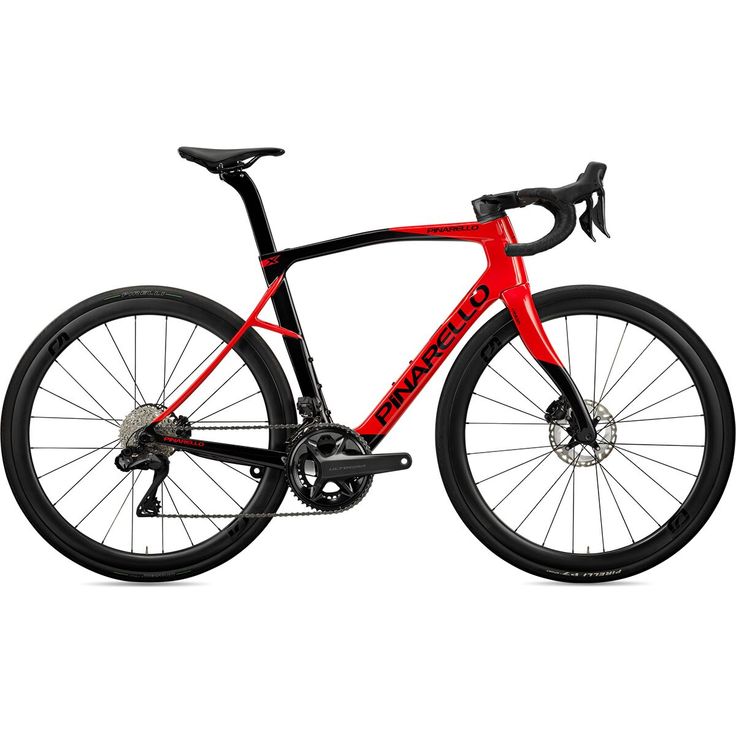
Considerations When Choosing Between the Two
Deciding between a performance bike and a regular bike involves assessing your cycling needs and intended usage.
1. Cycling Goals
Feeding your cycling passion starts with determining your objectives.
- Competitive Cycling: If your goal is to race, participate in triathlons, or strive for speed, a performance bike becomes a natural choice. The features of a performance bike align perfectly with competitive cycling demands.
- Casual Riding: However, if your riding mainly involves short commutes, casual escapes, or family outings, regular bikes are more suitable. They cater to those looking for comfort and versatility rather than speed.
2. Budget Concerns
Your budget is a vital factor when making your choice.
- Investment for Performance: Performance bikes often come with a higher price tag due to their specialized design and components. While they may require a larger initial investment, they can offer greater longevity and performance in the long run, especially if you plan to use them frequently for competitive purposes.
- Affordability of Regular Bikes: Regular bikes tend to be more budget-friendly, making them an appealing option for those new to cycling or those not looking for high-end features. They provide excellent value for recreational use, especially for occasional riders.
3. Maintenance and Care
Both types of bikes require care, but their maintenance needs may differ.
- Regular Upkeep for Performance Bikes: Due to the advanced components, performance bikes may require more frequent maintenance, including tuning and replacing components as needed.
- Simpler Maintenance for Regular Bikes: Regular bikes often have simpler mechanics, making them easier and less costly to maintain. For riders who prefer a low-maintenance experience, regular bikes can be an attractive option.
4. Environmental Considerations
Bicycle choice can also reflect environmental awareness.
- Sustainability: Many performance bike brands focus on sustainable materials and practices. If environmental concerns are a priority for you, researching bike manufacturers that emphasize eco-friendly materials might provide insight into your options.
- Utility: Regular bikes may be more adaptable for a variety of purposes beyond just cycling, making them useful for commuting, errands, and even weekend outings.
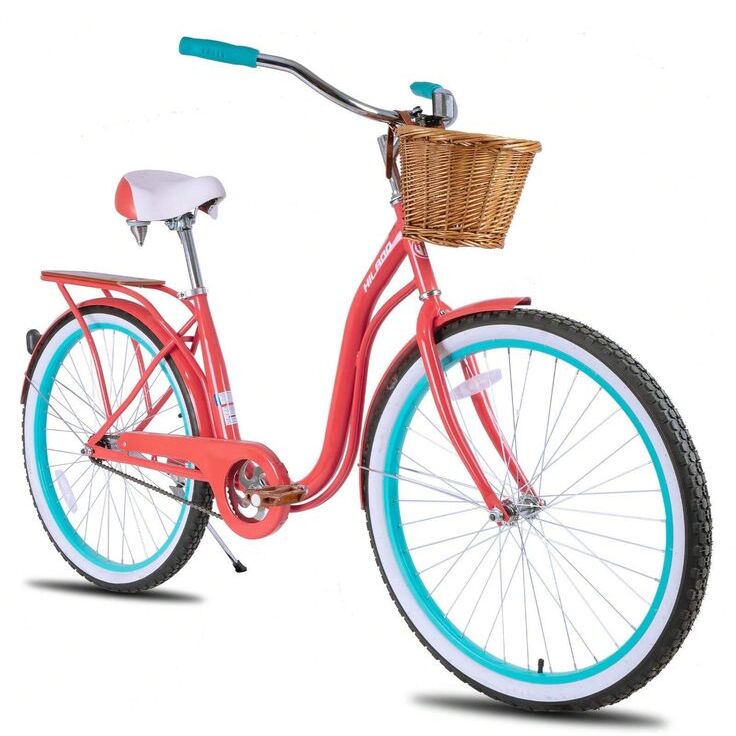
Transitioning Between Bike Types
If you’re an avid cyclist considering transitioning from a regular bike to a performance bike, here are some tips to ease the change.
1. Test-Ride Different Models
Before committing to a new bike, take advantage of test rides.
- Understand Fit and Feel: Testing various models helps you gauge what frame size, geometry, and componentry feels best for your cycling style.
- Seek Feedback: Don’t hesitate to ask for advice from shop staff or fellow cyclists about their experiences with different bike types. Online forums and bike shops can serve as fantastic resources for feedback.
2. Gradually Increase Performance Rides
If you already own a regular bike and want to improve your performance, consider starting with shorter, faster rides.
- Set Goals: Slowly increase your ride intensity, aiming for speed and efficiency without overwhelming yourself in the process. Ultimately, short bursts of speed can be fun and invigorating, paving the way for longer performance rides.
- Join Cycling Groups: Connecting with local cycling communities can help you find support and guidance as you navigate the transition. Group rides can offer incredible motivation and camaraderie, enhancing your overall cycling experience.
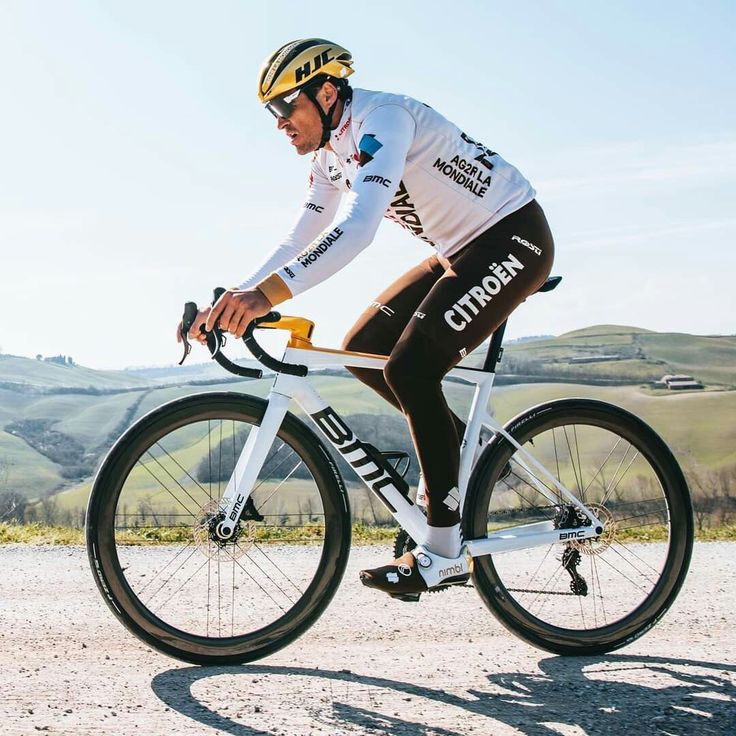
Conclusion: Making an Informed Decision
In summary, understanding the differences between a performance bike and a regular bike is essential for choosing the right bicycle for your cycling needs. Performance bikes excel in speed, efficiency, and advanced features, making them suitable for serious cyclists, while regular bikes focus on comfort and practicality, catering to casual riders.
Ultimately, your choice should reflect your cycling goals, budget, and personal preferences. By being well-informed about the distinctions and benefits of each type, you can make a decision that enhances your cycling experience, ensuring you enjoy every ride. Whether you choose a performance bike or a regular bike, embrace your passion for cycling and make the most out of the roads ahead!
